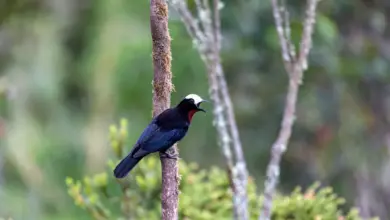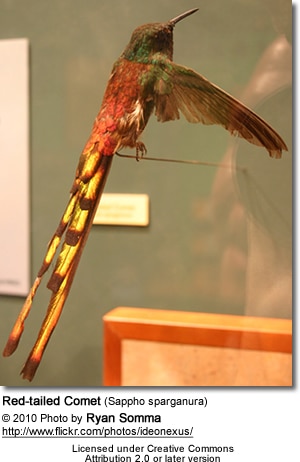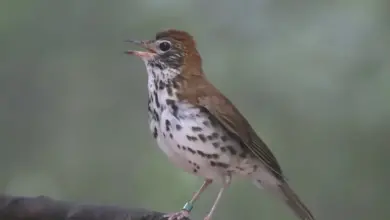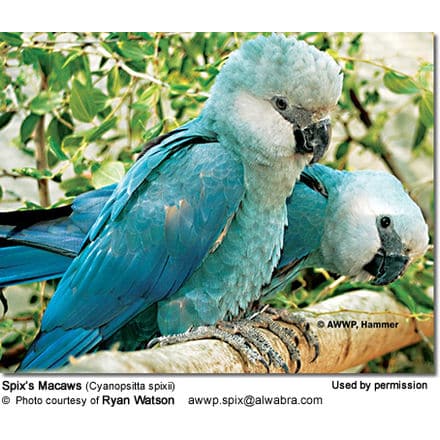Juncos
The Juncos, members of the bird genus Junco, comprise three to eight species of small American finches. They belong in the same Emberizidae family as the North American sparrows,
The species’ Latin name “hyemalis” translates into “winter;” and the genus name, Junco, roughly means “bird of bushes or reeds” – referring to their preferred habitats.
The Dark-eyed Juncos (Junco hyemalis) are also referred to as “Snowbirds” as they breed in North America (i.e., Alaska and Canada) and migrate in large flocks to the lower United States, Mexico or Central America for the winter.
Distribution / Habitat
They expansive range stretches across most of North America – the subarctic taiga in the north through the United States to the high altitude mountain forests in Mexico and Central America.
Southern populations are sedentary (non-migratory) except for some altitudinal movements to avoid severe weather conditions.
Those breeding in the northern parts of this species’ range migrate south for the winter – with a wintering range that stretches from Mexico through to the Central American country of Panama.
Depending on their range, they can be found in subarctic taiga (boreal forests) and high altitude mountain forests; but may also be seen in fields, parks and backyards.
Diet / Nesting
They mainly eat insects and seeds. These birds nest in well concealed locations either on the ground or low in shrubs or trees.
Description
These small, sparrow-like birds have an average length of 6 inches or 15 cm.
The plumage ranges in color from various shades of grey to grey-brown, with conspicuous white outer tail feathers, and either a grey or blackish head.
The short, conical (cone-shaped) bills are well adapted for crushing seeds. They are either pinkish or whitish in color.
Vocalizations
Described as snapping, twittering or fast trills that are reminiscent of the rattling of small ball bearings.
Subspecies
- Dark-eyed Junco (Junco hyemalis). North America, in Canada and much of the United States. Major races:
- Slate-colored Junco (Junco hyemalis hyemalis). Sometimes considered distinct species
- Range: Breed in the North America – specifically in the taiga forests of Alaska to Newfoundland and south to the Appalachian Mountains. Migrate south for the winter.
- White-winged Junco (Junco hyemalis aikeni) Sometimes considered distinct species
- Range: In the Black Hills of South Dakota and Wyoming, United States.
- ID: White wing bars
- Oregon Junco (Junco hyemalis oreganus) Sometimes considered distinct species
- Range: The Pacific coast mountains from southeastern Alaska to California. Wintering in the western part of Texas.
- ID: Buff sides
- Pink-sided Junco (Junco hyemalis mearnsi) Sometimes included with Junco oreganus
- Range: Northern Rocky Mountains from southern Alberta to Idaho and Wyoming.
- Grey-headed Junco (Junco hyemalis caniceps) Sometimes considered distinct species
- Range: Southern Rocky Mountains from Colorado to central Arizona.
- ID: Ruddy back
- Red-backed Junco (Junco hyemalis dorsalis) Sometimes included with Junco caniceps
- Range: Mountains of extreme western Texas, northern Arizona and New Mexico.
- Slate-colored Junco (Junco hyemalis hyemalis). Sometimes considered distinct species
- Yellow-eyed Junco (Junco phaeonotus). High mountains of Mexico, Guatemala, southeastern Arizona and southwestern New Mexico. Major races:
- Mexican Junco (Junco phaeonotus phaeonotus)
- Range: High mountains of Mexico, southeastern Arizona and southwestern New Mexico.
- Guatemala Junco (Junco phaeonotus alticola)
- Range: High mountains of Chiapas (southeast Mexico) and Guatemala.
- Baird’s Junco (Junco phaeonotus bairdi).
- Range: High mountains of Baja California Sur
- Chiapas Junco (Junco phaeonotus fulvescens)
- Range: Mountains of southern Mexico (interior of Chiapas)
- Mexican Junco (Junco phaeonotus phaeonotus)
- Guadalupe Junco (Junco insularis, often treated as a race of Junco hyemalis). Rare and endangered
- Range: Guadalupe Island off the west coast of Baja California, Mexico
- Volcano Junco (Junco vulcani).
- Range: High mountains of Costa Rica and Panama.





